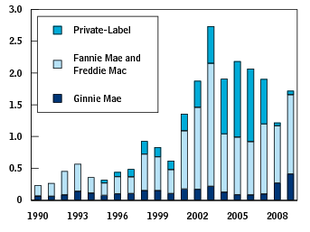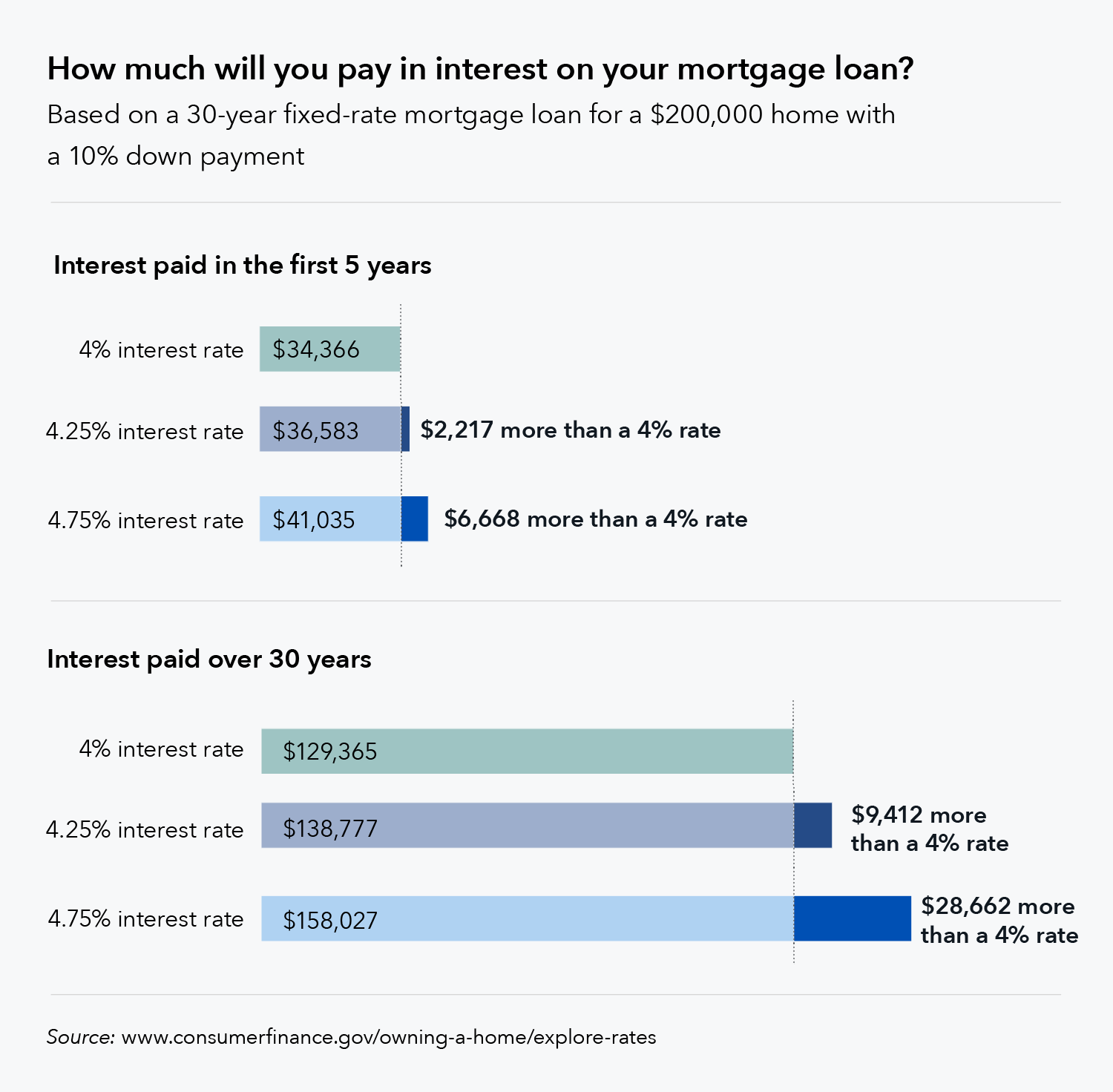45( a). Charging unearned charges might be considered misleading for the following reasons. First, by falsely representing on the HUD-1 Settlement Statement that points are discount points, a banks could misinform clients into thinking they were receiving a discount rate off the par rate of interest. When examining the truths, inspectors might consider whether loan officers understood, prior to loan closing, what the rates of interest reduction ought to have been relative to the discount points charged and whether borrowers were informed that either the discount rate fees would not result in a proportional discount in the interest rate or that no discount rate would be supplied.
Finally, the misstatement would be considered material if it worried an adequately big amount of unearned charges or affected a large group of customers. Claims made with the knowledge that they are false should be presumed to be product. For instance, a banks's understanding that fees revealed as discount rate points on a HUD-1 Settlement Statement were not, in fact, leading to a commensurate discount rate to customers would be presumed material (what are the different types of mortgages).
Charging unearned discount rate points can likewise have fair financing ramifications. If a financial institution charges discount points without really reducing the rate and the practice has an unlawful diverse impact, the practice could violate the ECOA, as executed by Guideline B, and the FHA. Guideline B restricts discrimination against a candidate on a restricted basis (race, color, faith, national origin, sex, marital status, age, invoice of public help, or exercising rights under the Consumer Credit Protection Act) relating to any aspect of a credit deal.
1002. 4( a). As described in the Official Personnel Commentary, the ECOA and Guideline B "might prohibit a lender practice that is discriminatory in effect due to the fact that it has a disproportionately negative influence on a restricted basis, despite the fact that the creditor has no intent to discriminate and the practice appears neutral on its face, unless the lender's practice satisfies a genuine business need that can not reasonably be accomplished too by ways that are less diverse in their impact." Likewise, area 3605 of the FHA prohibits discrimination in property realty deals due to the fact that of race, color, faith, sex, handicap, familial status, or national origin.

Sometimes, loan officers charged debtors discount rate points without a commensurate reduction in the note rate. A statistical analysis of the customers exposes that the practice had a disparate impact on Hispanic customers. Of the 100 Hispanic borrowers, 40 paid unearned discount rate points (40 percent). Of the 80 non-Hispanic white debtors, 20 paid unearned discount rate points (25 percent).
All about How To Compare Lenders For Mortgages
This difference is statistically substantial at the 5 percent level. If the financial institution in this situation can not use a legitimate company validation for these disparities, the practice might make up a pattern or practice of credit discrimination in infraction of the FHA, the ECOA, and Guideline B. Area 706( g) of the ECOA, 15 U.S.C.
Department of Justice when a federal banking agency has reason to believe that a lender has breached section 701( a) of the ECOA by participating in a pattern or practice of discrimination and offers discretionary recommendation authority for specific infractions of section 701( a), 15 U.S.C. 1691( a). In Freeman v. Quicken Loans, Inc., 132 S.
2034 (2012 ), the U.S. Supreme Court just recently narrowed substantially the circumstances in which an unearned fee will break area 8( b) of the Real Estate Settlement Procedures Act (RESPA). The Supreme Court all concluded, based upon the statutory language, that an area 8( b) violation for an unearned fee should include "a charge for settlement services [that] was divided in between two or more persons." Since the plaintiffs in Freeman did not allege that Quicken divided discount rate points with anyone else, the court affirmed the dismissal of the case.

On August 17, 2012, the CFPB issued a rulemaking proposition under Regulation Z to execute mortgage provisions in Title XIV of the Dodd-Frank Act, consisting of a provision in section 1403 limiting discount points. To secure customers while allowing financial institutions to continue providing home mortgages with discount points, the CFPB proposed two requirements for discount rate points.
Second, the borrower needs to receive a bona fide reduction in the rate of interest of the loan with discount points compared to the rate of interest on the alternative loan without discount points. Talk about the proposition are due by October 16, 2012. The CFPB anticipates to issue a final rule by January 21, 2013, as required by section 1400( c)( 1) of the Dodd-Frank Act.
The Basic Principles Of How To Compare Lenders For Mortgages
Policies, treatments, and manages associated to home what is the difference between timeshare and vacation ownership mortgage loan pricing need to be enough Great post to read to prevent loan officers from representing to borrowers that the rate was reduced due to the fact that the debtors purchased discount rate points without actually decreasing the rate. A lending institution's prices policy or standards must be specific and state that loan officers are restricted from charging discount points that do not result in a proportional lowering of the rates of interest.
Nevertheless, charging unearned discount points can lead to violations of laws and guidelines and increased legal and reputational dangers for financial institutions - what debt ratio is acceptable for mortgages. Such violations might also result in needed removal to affected debtors and other supervisory actions, consisting of a possible recommendation to the U.S. Department of Justice if there is a reasonable lending infraction.
Home mortgage can be found in variations of these classifications, and mortgage rates can differ by loan type: include mortgages insured by the Federal Housing Administration (FHA loans) and mortgages ensured by the Department of Veterans Affairs (VA loans) and the Department of Farming (USDA loans). These loans have lenient credentials requirements and are attractive to novice house purchasers.
tend to be plain-vanilla mortgage that meet certifications set by home loan giants Fannie Mae and Freddie Mac. They usually have higher minimum credit history than government-backed loans. Home loan rates for these loans can be beneficial due to the fact that loan providers usually believe they are providing to lower-risk debtors (what are today's interest rates on mortgages). A fixed-rate loan has one interest rate over the life of the home mortgage, so that the regular monthly principal-and-interest payments stay the same up until the loan is settled.
ARMs generally begin with a low rate of interest for the first few years, but that rate can go higher. MORE: The term is the number of years it will take to pay off the timeshare sales companies home mortgage. The most typical home loan term is 30 years. Another choice is the $115-year term, which is popular for refinancing.
What Does How To Combine 1st And 2nd Mortgages Mean?
But over the loan's life, you pay more interest on a term than a 15-year term because you're making two times as numerous payments. Shorter-term mortgages generally have lower home mortgage rates than long-term loans. Customers might pick other terms, such as 20 or 10 years. There is a limitation on the size of a loan that Fannie Mae and Freddie Mac will back.
The conforming limitation varies by county and might be adjusted yearly. A is a home loan for more than the adhering limitation. The lending criteria tend to be stricter for jumbo loans: They often require higher minimum credit ratings, deposits and debt-to-income ratios than conforming loans. Once again, loan provider risk drives your home mortgage rate here.